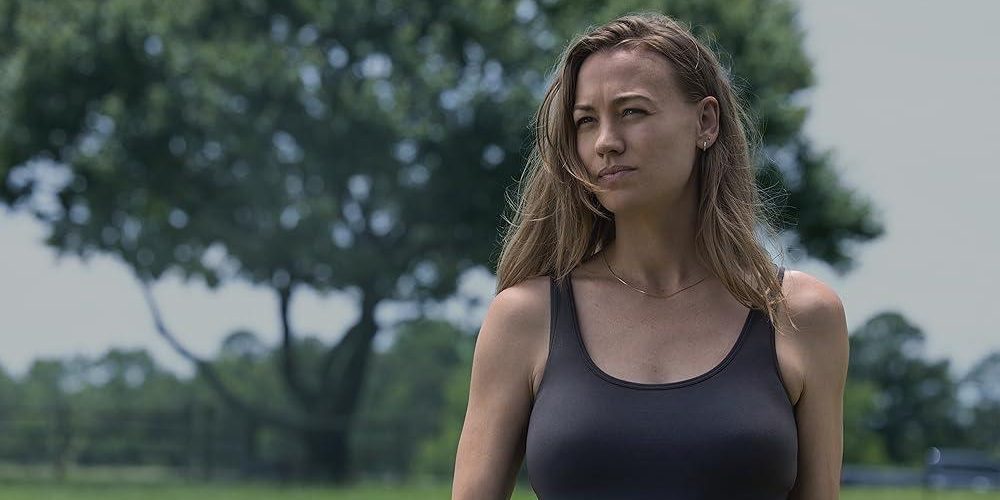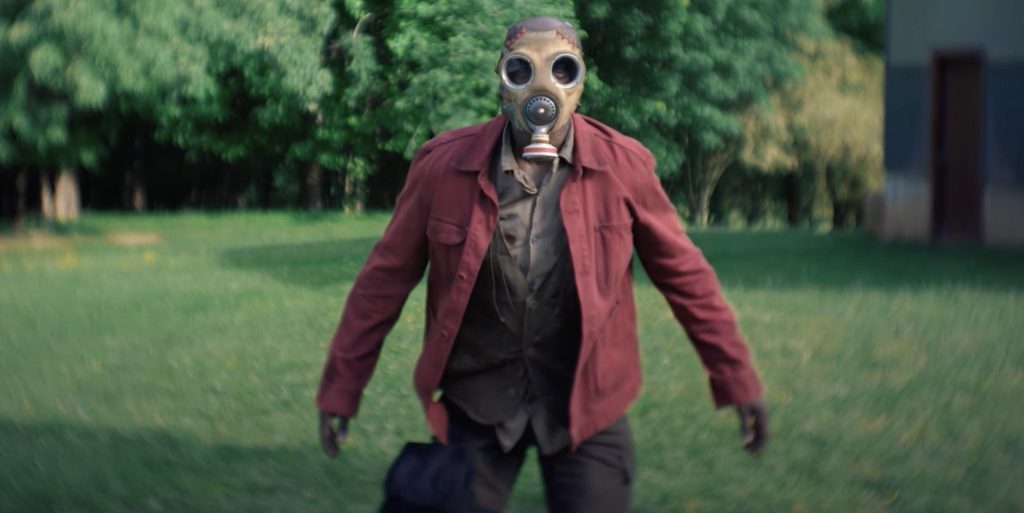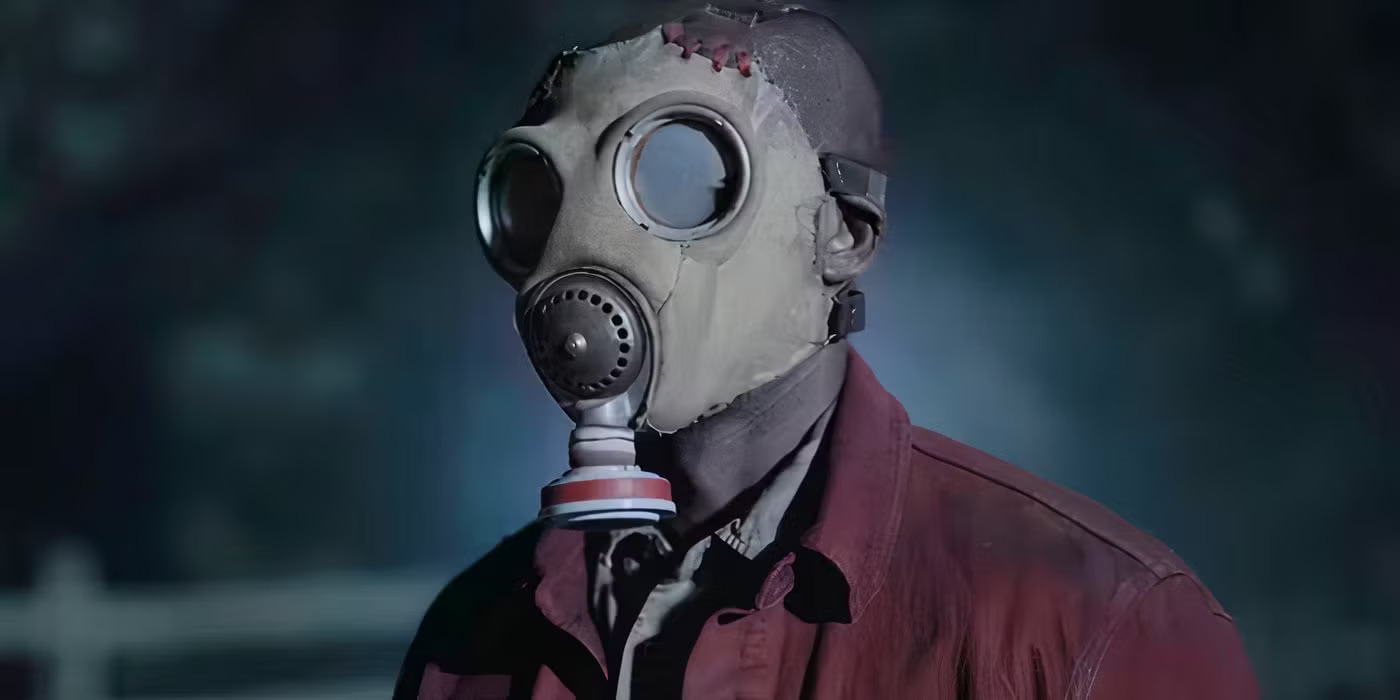‘Teacup’ is a horror series centered on a group of people from a rural Georgia town who get trapped in a farmhouse while a mysterious entity hunts them. With natural forests surrounding them on all sides, the strangers find themselves amidst an extraordinary situation where wandering outside the limits of the ranch could mean death. As the story progresses, viewers are introduced to new characters as the central plot thickens and heads toward more murky territory. Meanwhile, the families inside the house must contend with their personal tragedies and learn to pull together to survive their ambush.
Created by Ian McCulloch, the Peacock show builds on an intriguing premise, combining a blend of family drama and horror to bring a sense of entertainment and emotional depth to the narrative. A greater emphasis is placed on the human aspect of the story over the plain horror elements, allowing the scary moments to breathe and be layered through the perspective of interesting characters. To that end, the show’s smaller setting aids in constructing a more intimate tale, particularly in the densely wooded areas of the rural town. Its skin-crawling horror may seem greatly elevated, but it provides the necessary context to ground the show firmly in a layer of reality.
Teacup is Inspired By a Horror Novel From the 1980s
While the story presented in ‘Teacup’ is fictional, its basis can be found in the pages of Robert McCammon’s 1988 horror novel, ‘Stinger.’ The show’s creator, Ian McCulloch, penned the script alongside co-writer Zoe Cooper. The former found the book fascinating but disparate from his ideas of what could be accomplished on a smaller scale. The original novel is built on the back of numerous characters, blood-pumping action set-pieces, and a much larger scope to its general storytelling. McCulloch was more interested in taking the central premise from the source material and molding it to fit something dialed down a notch or two. As such, massive changes were made to the book’s story.

In an interview with Show Snob, McCulloch explained, “The core of the story was really, really, really strong. But to make the book page for page, character for character, incident for incident, would be just such a gargantuan and very very expensive and very different from something that I would excel at.” Therefore, the changes were made to shift the perspective of the narrative towards a less dramatic angle, where subtlety and human emotion are valued. The original story features an alien bounty hunter who lands in a Texas mining town to deal with a grave and mysterious threat that is afflicting the settlement. McCulloch took “every bell and whistle, every big thing” from the novel and turned it on its head.
Teacup Opts For a More Character-Driven Approach to its Storytelling
Eternally, there has always been a debate between characters and plots in stories. A preference for one over another is often pivotal to how a narrative is shaped and how the stakes within the series are presented to the viewers. The same conflict reared its head for Ian McCulloch while developing the script for season 1 of ‘Teacup.’ He felt the show needed to embrace a more character-driven approach as it aids in immersion and authentically illustrates the horror faced by the farm’s inhabitants. Initially, the story kicks off with only a handful of characters to keep track of, but the cast grows much larger as the story progresses. This was a deliberate move to help build a sense of reliability with the core group of survivors.

“In the book, it’s this same family unit basically, where something happens to one of their children, and they’re affected by it, and their world is affected by it, and then more and more things happen because of that initial incident,” McCulloch said in a CBR interview. “My job was to take that family and make you, the audience member, care about them, so that when things do happen, it’s not about the thing, it’s about how they react to the thing.” Owing to the different moving parts within the narrative, a specific tone and pacing had to be followed to ensure that emotional investment did not come at the cost of entertainment. The show might be a slow burn in that regard, but it tries to breeze through its scenes economically without wasting too much time.
Additionally, ‘Teacup’ emphasizes its characters’ internal struggles by jumping into the story “in medias res.” The cold start highlights how the family is struggling through issues that have long been present and are not new. McCulloch stated that as current audiences have become more sophisticated, avoiding any form of hand-holding and exposition was necessary to allay any fears of boredom creeping in. Even the genre conventions of horror stories have become worn down over the years, and according to the creator, the Peacock show does not offer a lot of new things in that respect. However, it is through its deeply drawn character dynamics and familial situations that a heightened reality is brought to the fore, making the scares worthwhile further down the line.
Read More: Teacup: Where is the Peacock Show Filmed?


You must be logged in to post a comment.